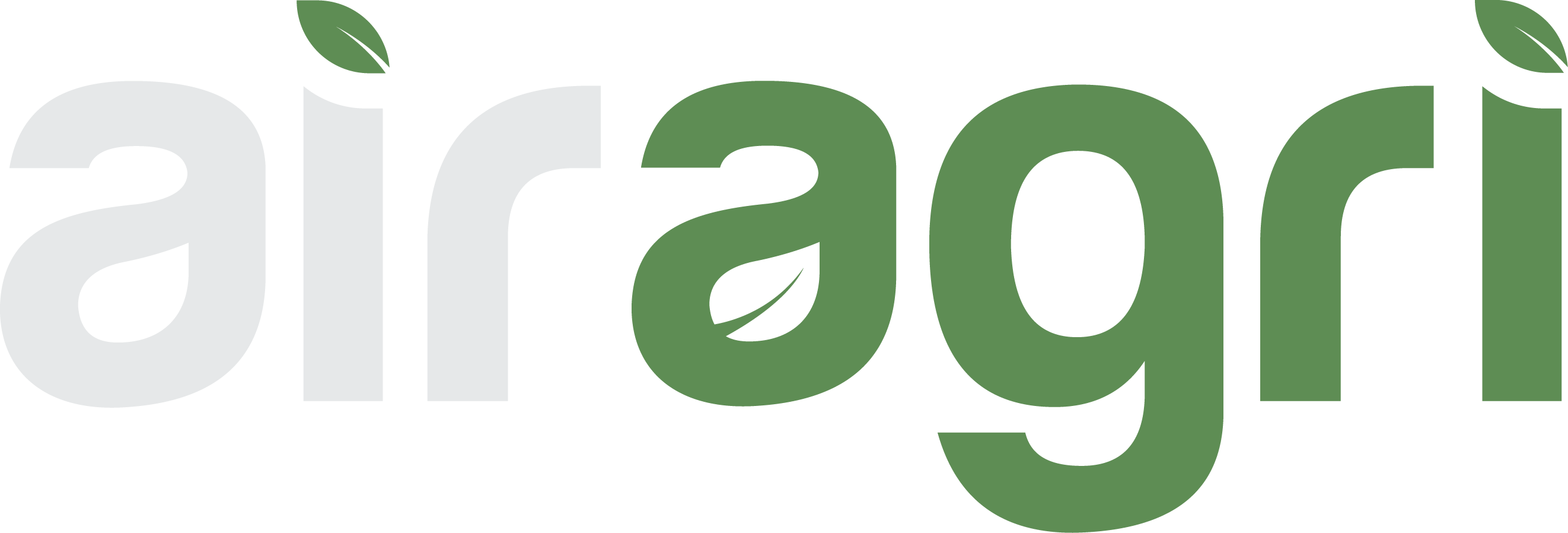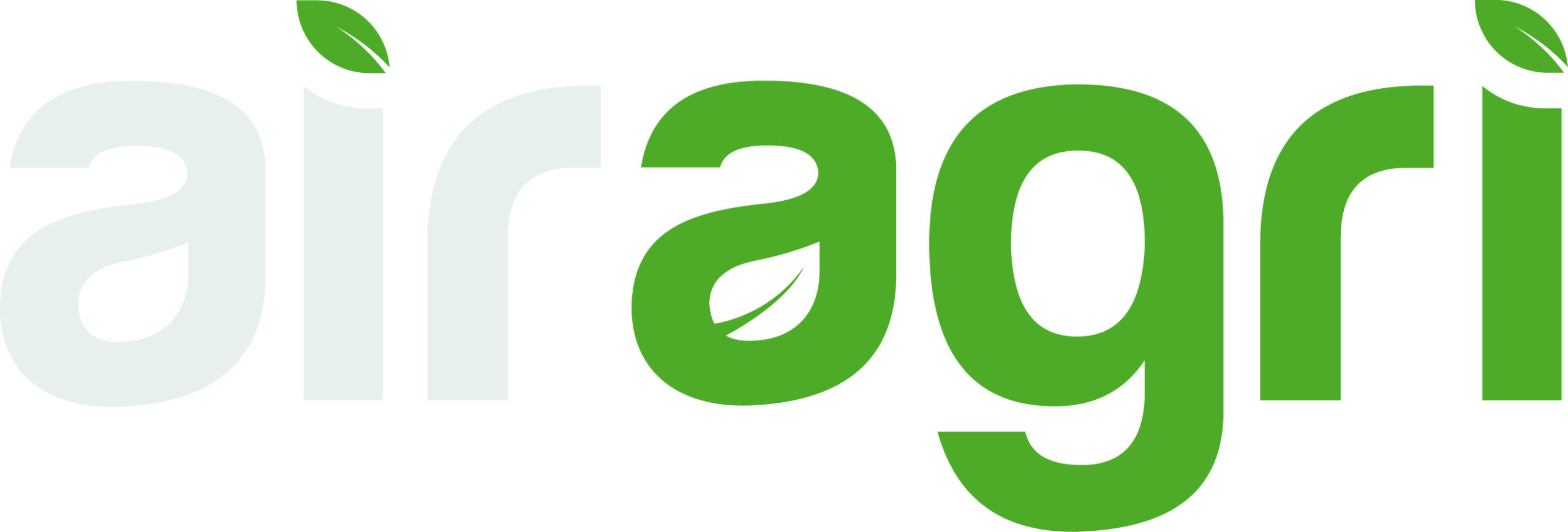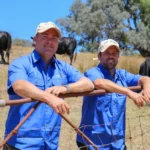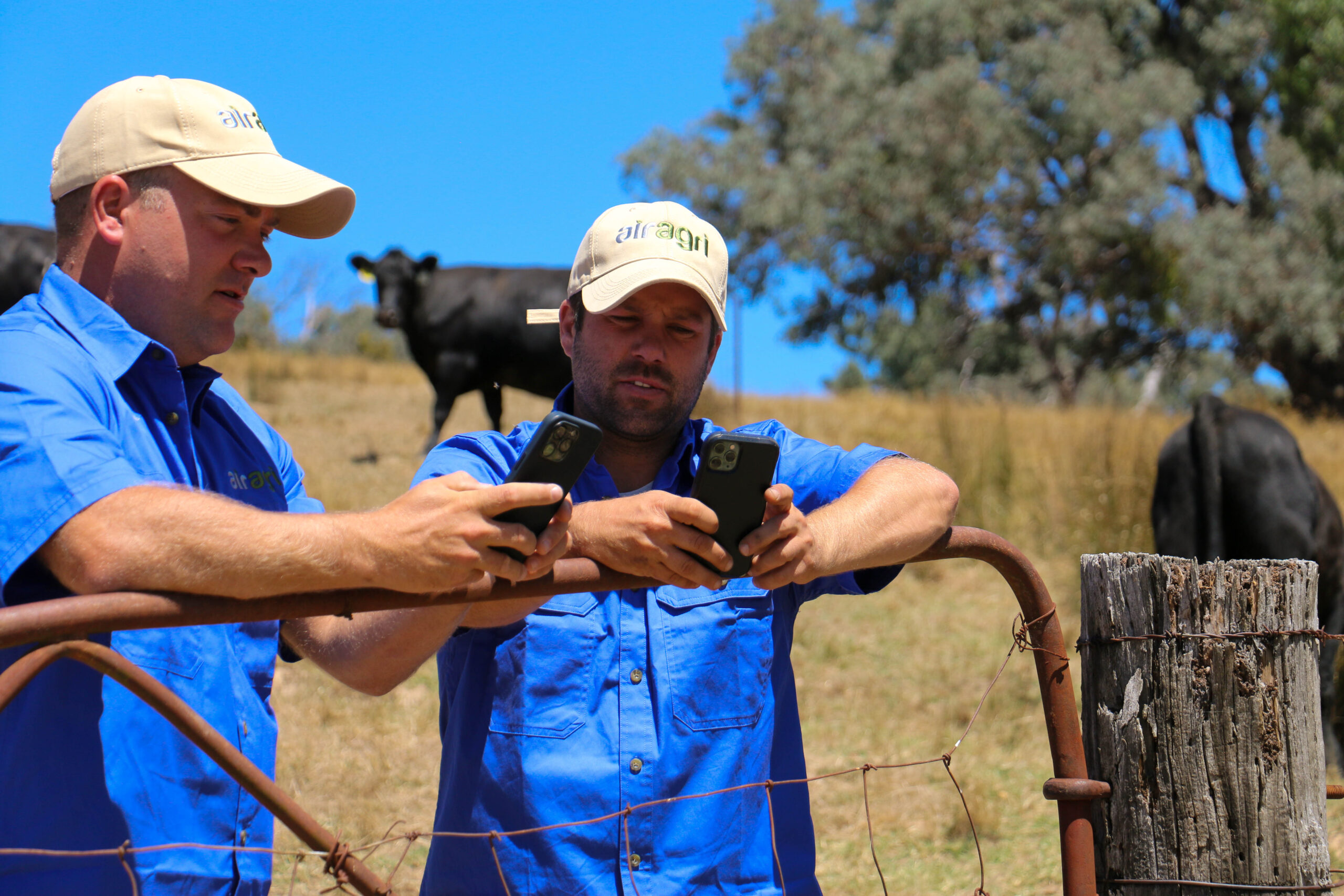High-Resolution Weather Models: The Key to Precision Farming
In agriculture, weather is both an ally and an adversary. The ability to predict weather accurately can transform farming practices, enhance productivity, and mitigate risks. High-resolution weather models, powered by advanced AI and data from low Earth orbit (LEO) satellite radar systems, have revolutionised how we understand and respond to weather patterns. This article delves into what high-resolution weather models are, how they work, and why they are crucial for modern agriculture.
What are high-resolution weather models?
High-resolution weather models are advanced predictive tools that provide detailed and precise weather forecasts for specific locations. Unlike traditional weather models, which offer broad regional forecasts, high-resolution models deliver granular data that can be tailored to individual properties, down to the specific field or even plant level. These models integrate data sources, including atmospheric conditions, land surface properties, and environmental variables, to produce highly accurate and localized weather predictions.
How Do High-Resolution Weather Models Work?
High-resolution weather models rely on sophisticated algorithms and vast amounts of data to generate detailed forecasts. Here’s a breakdown of the key components involved:
- Data Collection:
- LEO Satellite Radar Systems: Low-Earth orbit satellites equipped with radar systems provide continuous, high-resolution data on weather patterns. These satellites orbit closer to the Earth than traditional geostationary satellites, allowing them to capture more detailed images and data.
- IoT Sensors: Internet of Things (IoT) sensors on farms collect real-time data on temperature, humidity, soil moisture, wind speed, and other environmental conditions. This data is crucial for understanding local microclimates.
- Weather Stations: Ground-based weather stations contribute additional data, including atmospheric pressure, precipitation, and wind direction.
- Data Integration and Processing:
- AI and Machine Learning: Advanced AI and machine learning algorithms process the collected data, identifying patterns and correlations that are not immediately apparent. These technologies enable the model to learn from historical weather data and improve its predictive accuracy over time.
- High-Performance Computing: The sheer volume of data and the complexity of the calculations require high-performance computing systems. These systems can process and analyze the data at incredible speeds, enabling real-time updates and forecasts.
- Model Generation:
- Numerical Weather Prediction (NWP): NWP models simulate the atmosphere’s behaviour using mathematical equations. High-resolution models break down these equations into smaller grid points, allowing for more detailed and accurate predictions at a local level.
- Ensemble Forecasting: By running multiple simulations with slightly different initial conditions, ensemble forecasting provides a range of possible outcomes. This helps in assessing the uncertainty and reliability of the forecasts.
Why are high-resolution weather models key for agriculture?
The precision and accuracy of high-resolution weather models offer several critical benefits for farmers:
- Optimised Farm Operations:
- Planting and Harvesting: Accurate weather predictions allow farmers to time their planting and harvesting activities to avoid adverse weather conditions. For example, predicting a frost or heavy rainfall can help farmers take preventive measures, protecting their crops and ensuring better yields.
- Irrigation Management: Knowing exactly when and how much to irrigate can save water and improve crop health. High-resolution models provide precise rainfall forecasts, enabling farmers to optimize their irrigation schedules.
- Pest and Disease Control:
- Certain pests and diseases thrive in specific weather conditions. High-resolution weather models can predict these conditions, allowing farmers to take preemptive action. For example, applying pesticides or fungicides just before an outbreak can significantly reduce crop damage.
- Risk Management:
- Extreme Weather Events: Early warnings for extreme weather events such as storms, heatwaves, or droughts enable farmers to implement protective measures. This could include securing livestock, covering crops, or delaying harvests to prevent damage.
- Insurance Benefits: Documented use of high-resolution weather models can lower insurance premiums, as they demonstrate proactive risk management and reduce the likelihood of significant losses.
- Economic Benefits:
- Cost Savings: Farmers can reduce input costs by optimising the use of resources such as water, fertilisers, and pesticides. High-resolution weather models also help avoid unnecessary expenditures due to unexpected weather events.
- Increased Yields: Precise weather forecasts lead to better crop management, resulting in higher yields and better-quality produce. This, in turn, improves profitability and market competitiveness.
The Role of AI and LEO Satellite Radar Systems
Integrating AI and LEO satellite radar systems has been a game-changer in developing high-resolution weather models. Here’s how these technologies contribute:
- AI and machine learning:
- Pattern Recognition: AI algorithms can analyse vast datasets to identify patterns and correlations that are not immediately apparent to humans. This enhances the predictive accuracy of weather models.
- Continuous Improvement: Machine learning models can continuously learn from new data, improving their accuracy and reliability over time.
- LEO Satellite Radar Systems:
- High-Resolution Imaging: LEO satellites orbit closer to the Earth, providing more detailed images and data than traditional satellites. This enables the capture of fine-scale weather patterns crucial for localized forecasting.
- Frequent Updates: LEO satellites can orbit the Earth multiple times daily, providing frequent updates and real-time data. This ensures that weather models are always based on the latest information.
High-resolution weather models represent a significant advancement in agricultural technology, offering precise, localised forecasts that can transform farming practices. By leveraging AI and data from LEO satellite radar systems, these models provide unparalleled accuracy and detail, enabling farmers to optimize operations, manage risks, and enhance productivity. As the agricultural landscape continues to evolve, adopting high-resolution weather models will be key to ensuring sustainable and profitable farming practices. For farmers, embracing these advanced forecasting tools is not just a choice but a necessity for thriving in an increasingly unpredictable and competitive environment.




